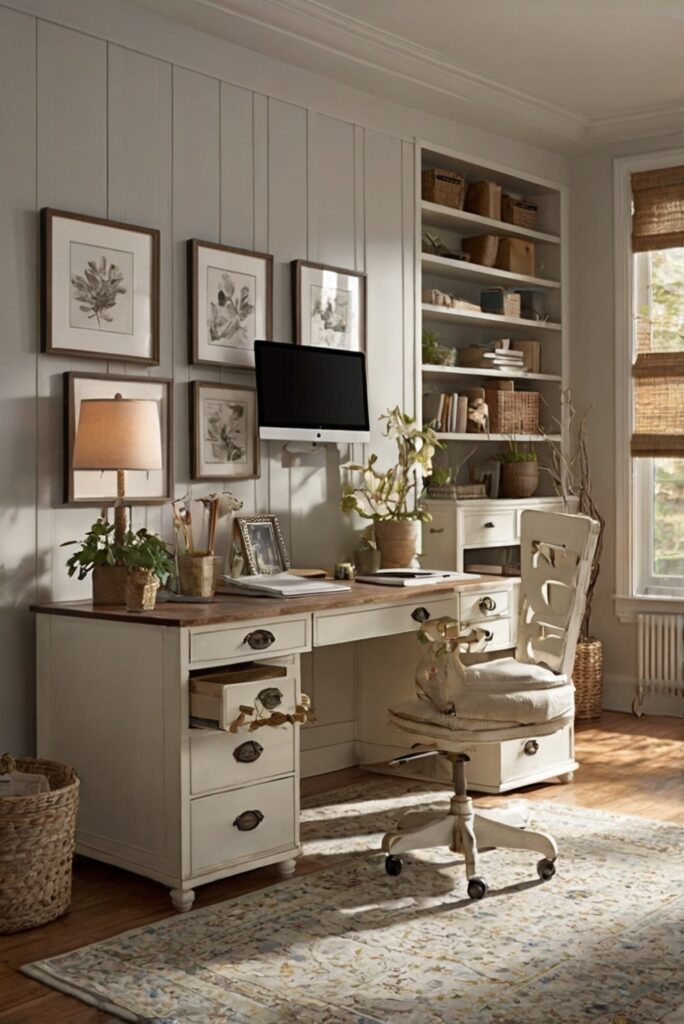Discover the best desk layouts for home offices that will elevate your interior design game. Explore creative decor ideas and daily routines for maximum productivity.
**What are the Best Desk Layouts for Home Offices?**
*As part of your daily routine, creating the perfect desk layout for your home office can enhance your home decorating and interior design. Space planning is crucial to designing a functional and aesthetically pleasing workspace. Focus on organizing your interior design space planning to optimize productivity and creativity. Consider designers’ tips for kitchen designs and bedroom designs. Experiment with living room interiors and designer wall paint to create a harmonious work environment. When choosing primer paint for walls, ensure it complements your interior decor. Match paint colors to your home decor for a cohesive look.*
—
What are the Best Desk Layouts for Home Offices?
When setting up a home office, the desk layout plays a crucial role in creating a productive and comfortable work environment. Here are some key factors to consider when choosing the best desk layout:
Space
The amount of space available in your home office will determine the type of desk layout that is suitable. For smaller spaces, a compact desk or a corner desk can help maximize space efficiency. On the other hand, if you have a larger room, you may opt for a spacious L-shaped desk or a U-shaped desk.
Functionality
Consider the functionality you require from your desk layout. If you need ample storage space, a desk with drawers or shelves would be ideal. For those who work on multiple screens, a desk with enough surface area to accommodate all devices is essential. Ergonomics should also be taken into account to ensure comfort and efficiency.
Lighting and Ventilation
Proper lighting and ventilation are crucial in a home office. When choosing a desk layout, ensure that it is positioned near a window for natural light and fresh air. If natural light is limited, invest in good quality artificial lighting to reduce eye strain and enhance productivity.
Organization
An organized desk layout is key to maintaining a clutter-free workspace. Consider incorporating storage solutions such as file organizers, trays, and containers to keep your desk tidy. Cable management tools can also help keep wires and cords organized and out of the way.
Aesthetics
The aesthetic appeal of your desk layout can impact your mood and motivation. Choose a desk that complements the overall design of your home office. Consider adding personal touches such as plants, artwork, or decorative items to create a space that inspires creativity and focus.
In conclusion, the best desk layout for your home office will depend on factors such as space availability, functionality, lighting, ventilation, organization, and aesthetics. By carefully considering these aspects, you can create a workspace that is conducive to productivity, comfort, and creativity.
1. Ergonomic Design:
When designing the layout for your home office desk, prioritize ergonomic design. This involves ensuring that your desk, chair, and computer monitor are at the correct height to promote good posture and reduce strain on your body. Consider investing in an adjustable chair and a standing desk to vary your working positions throughout the day.
2. Natural Light:
Position your desk near a window to take advantage of natural light, which can boost productivity and mood. Avoid placing your desk with your back to the window to prevent glare on your computer screen. If natural light is limited, invest in a good desk lamp to provide adequate lighting.
3. Organization and Storage:
Keep your desk layout organized and clutter-free to enhance focus and productivity. Utilize storage solutions such as shelves, drawers, and organizers to keep essential items within reach without overcrowding your workspace. Consider implementing a filing system to manage paperwork effectively.
4. Personalization and Inspiration:
Add personal touches to your desk layout to create a space that inspires creativity and motivation. Display photos, artwork, or plants that bring you joy and make the space feel welcoming. Consider incorporating elements that reflect your interests and personality.
5. Technology Integration:
Ensure that your desk layout accommodates your technological needs, such as easy access to power outlets and cable management solutions. Consider investing in a monitor stand or docking station to optimize your workspace for multiple devices. Incorporate tools like a wireless keyboard and mouse for added convenience.

